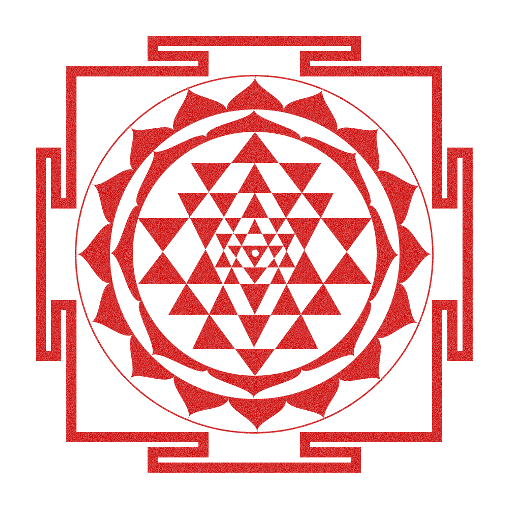Three Dosha Theory
- Jeffrey Petsch
- Aug 26, 2018
- 4 min read
Dosha is defined as a psycho-physiological organizing force or potential. Doshas are our biological movers and shakers, and impact our bodily tissues, bodily processes, and our mental and emotional paradigm. Each Dosha creates predictable patterns of influence based on their elemental and qualitative makeup. When put through the lens of Element and Quality, one can grasp this concept of Dosha at a theoretical level.

Each Dosha is a dynamic entity that causes multiple actions and carries many responsibilities in the body. While each of these actions are important, for the sake of comprehension individuals often try to assign each Dosha a single representative principle. In this spirit, we can generally say that Vata represents movement and communication, Pitta represents digestion and transformation, and Kapha represents our structure and lubrication.

When Dosha goes out of balance, they can become instruments of disease. Ayurveda defines pathology as “Dosha Dushya Samurchanya,” which roughly translates to the ‘infiltration of Dosha into bodily tissues or channels.’ Despite this truth, doshas are not curse on our body. In reality, the three Doshas, Vata, Pitta, and Kapha serve as protective barriers and only eventually becomes instruments of disease when left unmanaged. When balanced, the Doshas operate from their respective home sites, Vata in the Colon, Pitta in the Small Intestines, and Kapha in the Stomach, and support our bodily homeostasis.

Even though the Doshas find their home sites in specific parts of the GI tract, every part of the body, down to the cellular level, contains all three doshas. That being said, the doshas occur in different proportions in each part of the body. The areas of the body where each dosha tends to accumulate, outside of their home sites, are their ‘secondary sites.’ Analysis of these locations help one identify which doshas are aggravated given certain symptomatology and provide destinations for dosha targeting therapies.

The Doshas protect us by acting as the first line of defense against unhealthy diet and lifestyle choices. Doshas accumulate in their home sites so our internal organs and bodily structures don’t need be harmed. For example, if someone stays out in the cold too long, their internal organs and bodily tissues don’t immediately become diseased. Instead, Vata will begin to accumulate in the colon. If one goes on aggravating Vata, potentially by eating dry and raw foods, insufficient sleep, maintaining an irregular schedule, and over-exerting themselves does the level of Vata get high enough that it ‘overflows’ and begins to infect our bodily tissues. Prior to affecting the quality and quantity of our bodily tissues, first the Doshas undergo a process of accumulation, provocation, and circulation. Only when pathology advances to the fourth stage, infiltration or amalgamation of Dosha into bodily tissue, does our bodily tissues undergo any lasting “damage.”

Unfortunately, once someone is properly diagnosed with a disease, it usually implies that they have already advanced to the 4th or 5th stage of Samprapti (pathogenesis). This can become problematic because by this point the Dosha is deeply established in the body and healing is often very difficult. Luckily, with some knowledge of Ayurveda, one can recognize how our body will warm us of these Doshic advancements through a predictable set of Signs and Symptoms. These primordial signs and symptoms help explain why we think and feel the way that we do, even if the Doctor tries to convince you that there is nothing ‘wrong.’ These signs and symptoms are beautifully logical and graspable given the elements, qualities, and locations that each Dosha occupies.

Our society loves to put a label on everything. Nonetheless, in order for something to ‘earn’ its label, it must fit into very specific parameters and have been proven in a laboratory. Unfortunately, while Doshic imbalance is the precursor to nearly all disease, its broad set of signs and symptoms often causes the modern western mind to reject its validity. That being said, if one is suffering from Doshic imbalance, they still have time to adopt remedial measures or palliative therapies that help to calm and reduce the Dosha, taking it out of circulation and back to its appropriate container within the GI tract. These Remedial Measures can mean the difference between long-term health or the eventual advancement of dis-ease.

The true wisdom of Ayurveda lies in its understanding and appreciation of diet, lifestyle, and the importance it places on day-to-day living. Ayurveda is not a quick fix, but it is a true fix, with the potential to eradicate the root cause of disease. Often the worst thing one can do when confronted with a symptom is the react and seek to suppress it. If one can hold off on identifying with the symptom and instead remain in the space of the observer, one will often find that the problem resolves itself over time. As long as one maintains a strong foundation of appropriate diet and lifestyle, understands their unique Prakruti and Vikruti paradigm, they will become open and available for healing to unfold.
“A disease is at some stage born in the body, so therefore it has to end someday. It is beneficial to keep in mind that patience is required. Time will eventually heal most any illness, once a proper diet and lifestyle are followed.”
Vasant Lad, Textbook of Ayurveda, Volume III


Comments